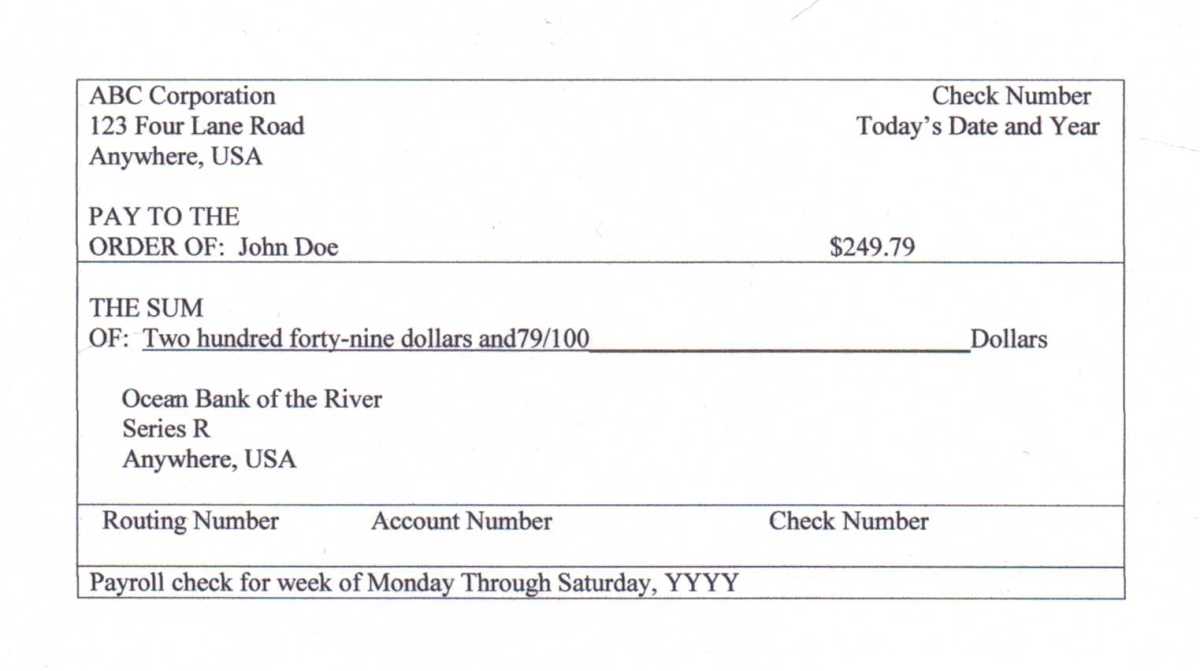Save Yourself From Excessive Property Inheritance Tax

Recommended Reading
It was Benjamin Franklin in 1789 that coined the familiar phrase, ‘In this world nothing can be said to be certain, except death and taxes.’ While this remains as true now as it was back then, there are often ways to delay the onset of both – and with a little careful planning, it is sometimes possible to avoid the latter completely.
I have said time after time in many of my articles that knowledge brings power – and this is never more certain than when it comes to the amount of tax we have to pay as property investors. The tax rules are complicated, which is why many investors either choose to ignore them (never a good idea) or employ someone else to deal with them, often at substantial cost. Many of us recognise that being familiar with and having an understanding of the tax system can, in the end, save us a great deal of money … and this is absolutely certain in the case of Inheritance Tax.
Why? Well, because most of the rules relating to ‘paying’ inheritance tax are automatic; while the rules relating to any reduction in the amount our surviving partners or our children might be able to claim must ordinarily be applied for. Even worse, there is a finite period of time during which a claim can be made. It’s not a level playing field, so if we leave everything in the hands of the authorities to sort out, they will win every time; whereas intervention by the payee or someone acting for the payee at the appropriate moment can limit or reduce and occasionally eliminate the amount of passed-down tax liability completely.
The rules governing Inheritance Tax (IHT) are harsh and burdensome. The standard rate of 40 per cent on death might seem draconian to some, but in fact, the high amount of levy is a fairly recent introduction. IHT has been around in one form or another since the days of Julius Caesar, but here in the UK it was first introduced in 1796 as ‘succession tax’ to help finance the war against Napoleon. Like most taxes, once it was introduced, it stayed, even thought the original reason for it being introduced passed by. The amount has varied throughout history, though generally and for a very long period of time it remained between 1 per cent and 10 per cent of an individual’s estate, which is a far cry from the high level it stands now.
There are scores of potential avenues to saving on the level of IHT ultimately charged. These are not loopholes, but legitimate routes to saving using the tax system as it has been devised. My point is that virtually all of them rely entirely on someone (usually the executor of the deceased’s last will and testament or a claimant of the whole or part of the estate) making a formal submission for the ruling to be applied.
Take as an example the case involving TNRB (The Nil Rate Band).
We are all entitled to an untaxable amount of IHT. The threshold at the moment is £325,000. Given the fact this is applied to an individual’s entire estate, including the value of any property assets, the number of people ultimately affected by IHT is enormous. The TNRB rule provides for a transfer of part or the entire amount of any previously unused nil rate band of the first partner to die, to go to the surviving partner. This only applies to married couples or to same sex couples that have formalised their relationship in a civil partnership. The rule also only applies from its commencement, which means it can be applied to the estate of someone that died on or after 9th October 2007. If both partners died prior to this date, the TNRB rule cannot be utilised.
Don’t panic if, like me, it takes you far more research and much more reading to appreciate the implications of and potential saving that TNRB can create. Take it from me, if you own property that collectively is valued in excess of £325,000, you would be wise to get professional advice on managing your affairs now – and make provision for you, your spouse and your children to have access to professional advice, when the time becomes appropriate.
By making an appropriate and valid transfer claim, a surviving spouse’s or civil partner’s IHT threshold can potentially be doubled to £650,000 – and (importantly) the saving can be passed on to their children when the surviving partner dies.
There are many more potential savings that relate to property taxation, and some of these need to be initiated before an asset-owner dies. Exploring the possibilities is therefore something best undertaken sooner, rather than ignoring or delaying the task and consequentially taking the risk of losing these opportunities completely, later on.







